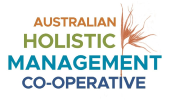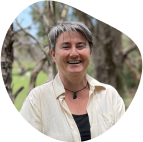
Written by Kirsten Larsen, co-founder of the Open Food Network, and a Director of both Open Food Foundation and Open Food Network Australia. Kirsten leads much of Open Food Network Australia’s work, and helps shape development of the global online software platform.
Regenerative agriculture actively improves the health and function of the landscapes and living systems that it is operating within, while producing food. How do we know who is achieving this, and what assurance or evidence supports this?
The practice of regenerative agriculture is a journey and producers are at different stages: some have been leaders in this space for decades, some are taking the first steps and on the right track towards improvement.
Working closely with leading regenerative agriculture organisations in Australia, we have developed an approach to providing Assurance that recognises this diversity, rewarding proven achievement whilst also supporting entry and improvement.
Every Producer showcased on Discover Regenerative is working closely to regenerate the ecological systems of the landscapes they farm within.
What are the credentials showcased in Discover Regenerative?
Ecological Outcomes
We have the highest confidence that a farm is regenerative when there are measured improvements in ecological condition i.e. we have proven ecological outcomes.
It is quite early days for producers to be able to measure and demonstrate improved ecological outcomes, and it can be complex, confusing and/or expensive. However there are promising emerging initiatives like the processes to obtain Ecological Outcome Verification (EOV) and the associated Land to Market Seal and the Certified Regenerative Standard by Southern Cross Certified (SXC), which includes soil carbon and health outcome measurement. These approaches are quite new in Australia, with only the first few Producers having time-stamped improvement data.
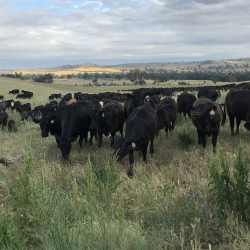
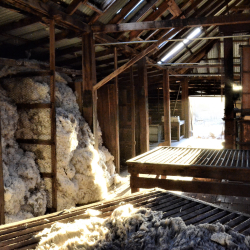

Certifications
Process or practice-based approaches identify regenerative farmers by what they do or don’t do, including which inputs are used. Most Organic and Biodynamic Certifying Standards assess and assure which practices and processes have been applied.
Discover Regenerative recognises the five approved national Certifying Bodies. Reporting of Certifications in the Portal is cross-checked with the SXC Certificate Watch service, to ensure information is accurate and up-to-date.
Practices
There is an emerging set of practices that you are likely to see on a regenerative farm. You can see in each Producer listing they have identified which practices they do.
However, as our partner Soils for Life explains “the reality is that a practice may work to take one patch of land in the direction of improvement, but the same practice may take a different patch of land backwards. Alternatively, a practice may work for a period of time, but then the conditions might change and different practices are needed”. Given this dynamic and responsive nature, listing practices alone is not sufficient assurance for a Producer to be eligible, but they are an important part of the story.
Endorsement Partners
Producers are busy, with limited capacity for either extensive ecological monitoring or translation and communication of their known ecological impact. As different systems are emerging, it can be challenging to identify the best approach for them, let alone dedicate resources to doing it. At the same time, many are active in a wide range of activities, research projects, knowledge sharing initiatives etc. Leading farmers are often known by reputation – a lot of people have been to their farms and seen what they do.
Our Endorsement Partners confirm the outcomes, intentions and/or participation of a range of Producers. This draws on their expertise and networks to consider whether a Producer is on the path to regeneration. Endorsement Partners providing assurance have an assessment that demonstrates improvements and outcomes achieved. Endorsement Partners providing eligibility pathways for producers to be showcased have an assessment that demonstrates how the producer is on the regenerative journey. Find more details on what underpins each approach:
Supporting Evidence
Discover Regenerative provides an opportunity for eligible Producers to demonstrate what they have achieved and how, based on their context. There are a number of ways to understand and build the evidence base to highlight that a Producer is regenerative. These are listed as Supporting Evidence, and might include:
- Reports or plans showing their intentions and actions i.e. a whole farm plan, biodiversity plan etc. These might be self-prepared or in partnership with a third party service provider
- Participation in planting days, training and workshops, research projects or other activities
- Case studies and media references, presentations at events or farmer education / peer groups
Where a Producer has had accounts prepared or undertaken reporting to a recognised standard like Accounting for Nature, Australian Agricultural Sustainability Framework (AASF) or Farm-Scale Natural Capital Accounts, this can also be included as Supporting Evidence.
Summary of Eligibility Criteria for Discover Regenerative
To be showcased on Discover Regenerative, producers must have met at least one of the below eligibility criteria:
- Australian Holistic Management Co-operative Member and current EOV report obtained (Assurance Partner)
- Current Land to Market ‘Seal’ Credential
- Current Certification (full or in-conversion) through approved national certifying body: ACO, NASAA, SXC, BDRI, OFC
- Sustainable Table Regenerative Map listing (Eligibility Partner; this self-assessment is the entry-point for eligibility and regenerative endorsement for Discover Regenerative)
Want to get involved?
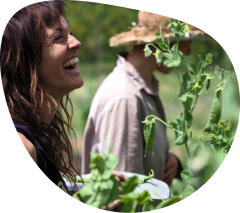
Producers
Find out how to get showcased on Discover Regenerative.
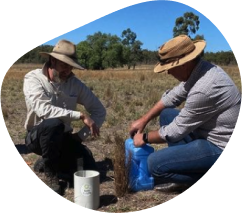
Industry
Find out how your organisation can get involved.


